Fujifilm S1 review
The Fujifilm S1 superzoom is from the brand's flagship S Series
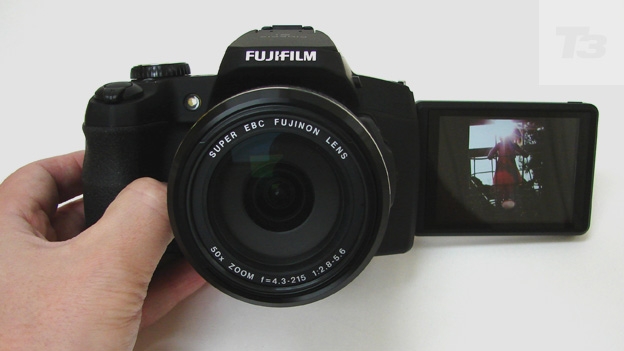
-
+
Choice of Jpeg or RAW formats
-
+
50x optical zoom
-
+
Tactile rubber body
-
-
Grainy pix at higher ISO
-
-
Small sensor for a big lens
Why you can trust T3


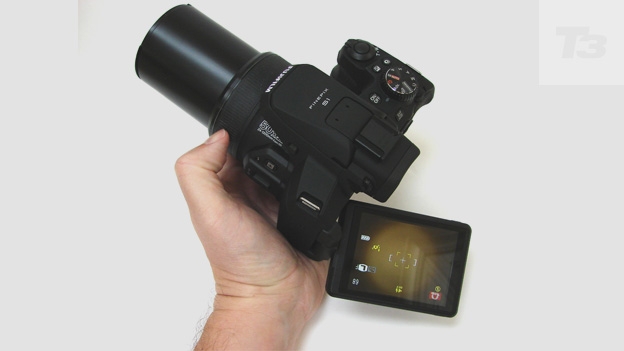

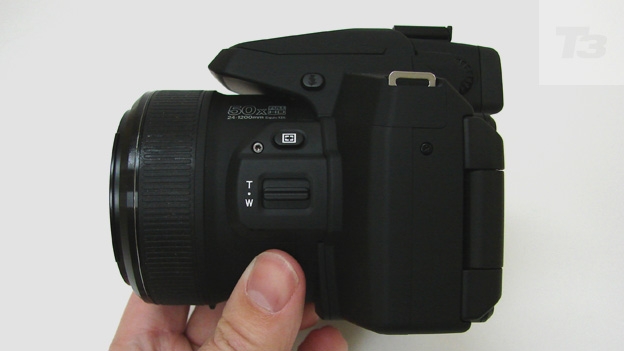
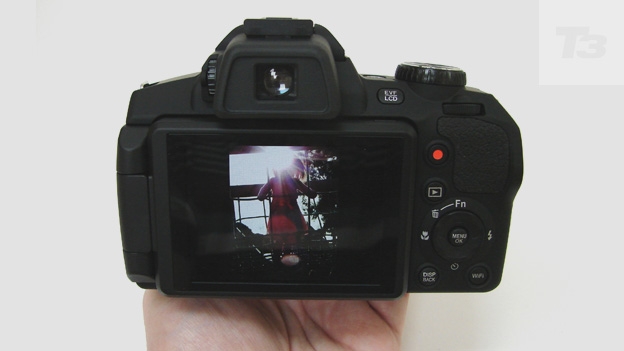
This flagship 50x optical zoom bridge camera boasts DSLR styling and whopper of a lens, but should you buy it? Read our Fujifilm S1 review
Seeking one camera that does it all to use as a travel companion for this summer? The all-in-one 16 megapixel Fujifilm S1 is one such candidate.
Though the DSLR-type styling, thin rubber coating to the matt black body and promised weather and dust proofing - a world first for its class - marks this one out as a serious contender from the off, with the S1 it's really all about the zoom.
This bridge camera offers an image stabilised 50x optical reach, the comprehensive equivalent of a wide angle 24-1200mm in 35mmm film camera terms. So it doesn't matter that it can't be changed, unlike on an actual DSLR.
All the zoom reach most of us would ever need is provided. Use the eye level electronic viewfinder to compose your shots, or the larger 3-inch, tilting and swivelling LCD screen beneath, which can be flipped to face your subject (or yourself, for those narcissistic selfies). Alternatively it can be turned inwards to face the body for added protection when in transit.
The Wi-Fi-enabled Fuji further offers the ability to shoot uncompressed Raw files for optimum quality alongside compressed JPEGs.
There is a custom setting on the shooting mode dial, and more manual features besides, along with the usual digital filter effects built in via 'Advanced' mode, such as corner-shading toy camera and tilt and shift lens ape-ing miniature modes, allowing those who want to get creative in camera to do just that.
However at the heart of the camera we have to bear in mind that we're offered a 1/2.3-inch CMOS sensor, as opposed to the one-inch sensor of high-end fixed lens compacts like the Sony RX100 II, or the larger still APS-C chip of consumer DSLRs.
This means that, arguably, despite the physically larger lens, image quality from the S1 is not going to be that much of a jump up from your average point and shoot pocket snapper with the same-sized sensor. Even if it is back-lit, to purportedly offer a better low-light performance.
Still, given the above features, the manufacturer's suggested £399.99 seems fair value on paper if you really do want DSLR-style handling and yet a huge zoom range. But does it prove that way in practice, especially when going up against the peer-less likes of the Sony RX10?
Fujifilm S1: Controls
Like most cameras in its price bracket, the S1 mixes manual and fully automatic controls, the dedicated function buttons, shooting mode wheel and rear command dial befitting a bridge camera - so termed because it provides a bridge for anyone stepping between a plain snapshot camera and a full-blown DSLR.
Thus the control layout here has familiar echoes of both higher and lower priced cameras, including four-way control pad on the backplate and a dedicated button for switching between use of the LCD screen and the smaller electronic viewfinder (EVF) directly above it.
Unfortunately the S1 doesn't incorporate an eye sensor that would automatically switch between the two, so the user has to make the extra button press.
A chunky looking camera has fortunately resulted in big and readily accessible controls, and with most ranged around the meaty handgrip provided for your right hand, at least they're all within quick reach of forefinger or thumb.
Fujifilm S1: Screen
Though many tilting backscreens on digital cameras can only be angled up or down, here the S1's swivelling screen offers the maximum amount of flexibility, in that it can be swung out to one side, as with the LCD of a camcorder, and swivelled round to face the subject as well.
Alternatively it can simply be swung back into the body, to face either screen outwards or inwards as the photographer (or videographer, as the Fuji also offers Full HD 1,920 x 1,080 pixels clips at 60fps), chooses. Screen resolution is a more than adequate 920k dots.
The deciding factor for some may also be the fact that the S1 offers a 0.2-inch eye-level electronic viewfinder. This is good news should bright conditions render viewing the larger screen tricky, or you simply prefer to shoot with the camera held up to your eye in traditional camera fashion.
Though tiny by comparison, at least here the EVF is usable, partly because it also offers a 920K-dot resolution for clarity.
Fujifilm S1: Battery
The S1 provides a respectable 350 shots from a full charge of its lithium ion rechargeable battery - matching the performance of the high-end Fujifilm X-T1, which is no mean feat. After using it for a couple of days the onscreen battery indicator of our review sample was still indicating two-thirds power.
In all, 300 shots or above is perfectly acceptable for a bridge model in the S1's class. As seems to be the way for sub £500 cameras these days, a USB cable and USB equipped mains plug is provided in lieu of a standalone mains charger.
This means the camera is basically out of action when you need to re-charge a battery, even if you buy a spare.
Fujifilm S1: Picture quality
Probably the biggest stumbling block with the S1 is that a large-ish amount of pixels crammed on a small sensor results in visible image noise if shooting at ISO800 or above.
This was unavoidable if we wanted to take naturally lit interior shots in daylight and at the same time avoid use of the pop-up flash.
Ultimately, however, this has to be weighed against the fact that the broader than average focal range enabled us to take shots that we wouldn't otherwise have attempted.
We found it best practice to shoot two or three images of the same subject if shooting handheld towards the extremity of its telephoto setting, in order to achieve one that wasn't soft, though this is par for the course with bigger zooms.
Ideally, if practicality and space allowed, we were using a tripod or the nearest flat surface to steady the camera on. Outside with plenty of available light, shots are both colourful and contrast-y.
Happily we also get full use of the optical zoom when shooting video, filming commencing and ending with an initial and subsequent press of the dedicated video record button on the backplate.
So at least we have the choice of capturing a subject in stills and video, and not being limited at all by the technology on offer. In lower light video can reveal some image noise too, however.
For general-purpose photography, a camera like the S1 can come up trumps. Just don't expect it to replace the digital SLR that it outwardly resembles. For professional results you will still need a professional camera, with pro price tag to match.
Fujifilm S1: Verdict
We tested the Fuji S1 after we'd been using the £1,000+ Fujifilm X-T1, which also offers 16 megapixel resolution, yet with the advantage of a much larger APS-C sized sensor.
The difference in image quality was readily apparent. The X-T1 is arguably a replacement or alternative to a DSLR, while the S1 is really just a point and shoot camera with the advantage of an extremely expansive focal range.
If you're happy primarily capturing memories and want to get the shots that a smaller lens camera could never achieve, then the coolly styled S1 will fit the bill. Just don't expect this pro-looking camera to actually produce professional results.
Fujifilm S1 release date: April 2014
Fujifilm S1 price: £399.99
Sign up to the T3 newsletter for smarter living straight to your inbox
Get all the latest news, reviews, deals and buying guides on gorgeous tech, home and active products from the T3 experts
Gavin Stoker has been writing about photography and technology for the past 20 years. He currently edits the trade magazine British Photographic Industry News - BPI News for short - which is a member of TIPA, the international Technical Imaging Press Association.
-
 Google just added a new Gemini video creation tool I never knew I needed
Google just added a new Gemini video creation tool I never knew I neededGemini Advanced just added Veo 2 video generation
By Mike Lowe Published
-
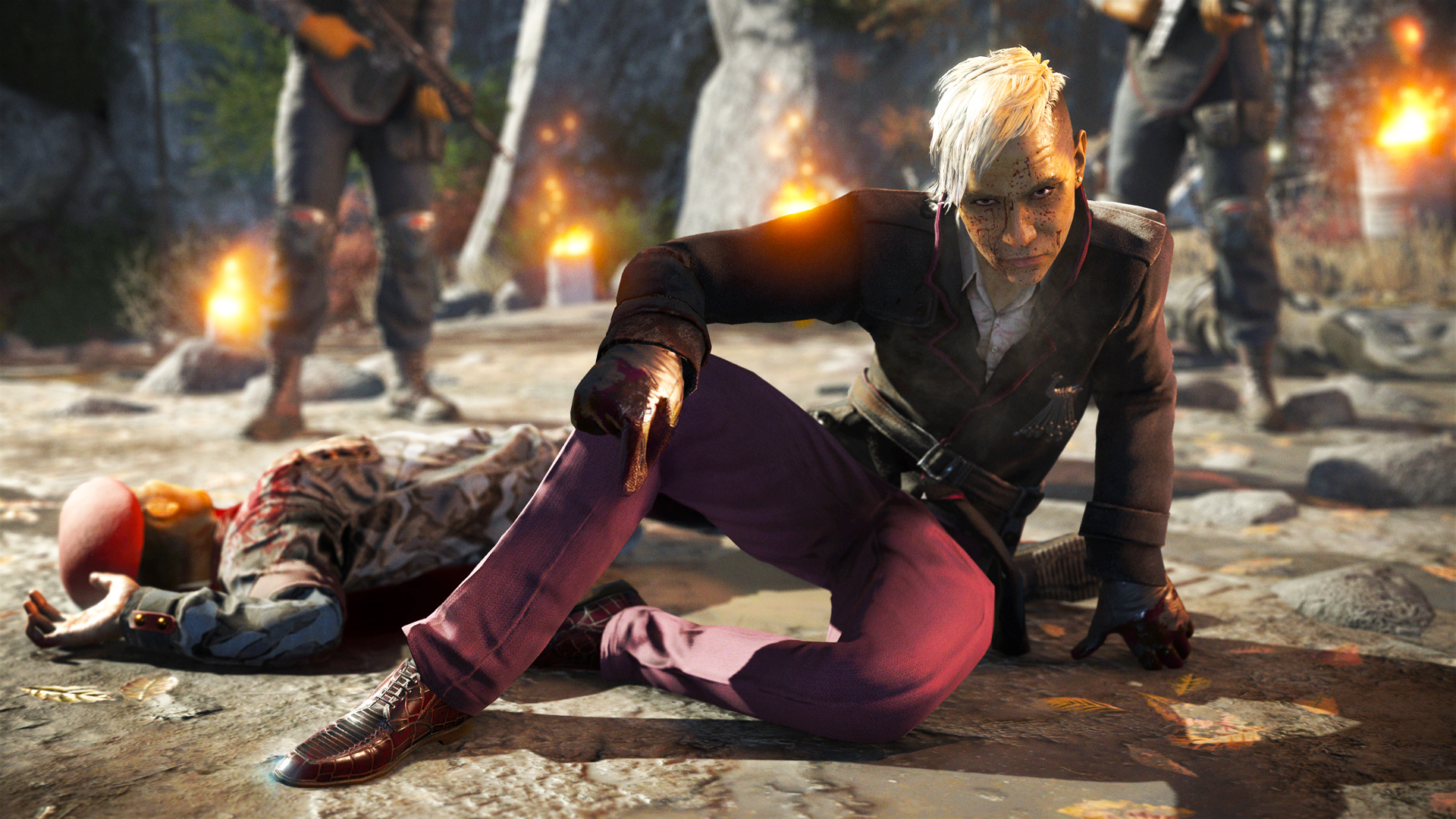 One of the best villains in gaming is coming to Xbox Game Pass for free
One of the best villains in gaming is coming to Xbox Game Pass for freeAll Game Pass subscribers are getting one of the best single-player shooters of the decade
By Rik Henderson Published
-
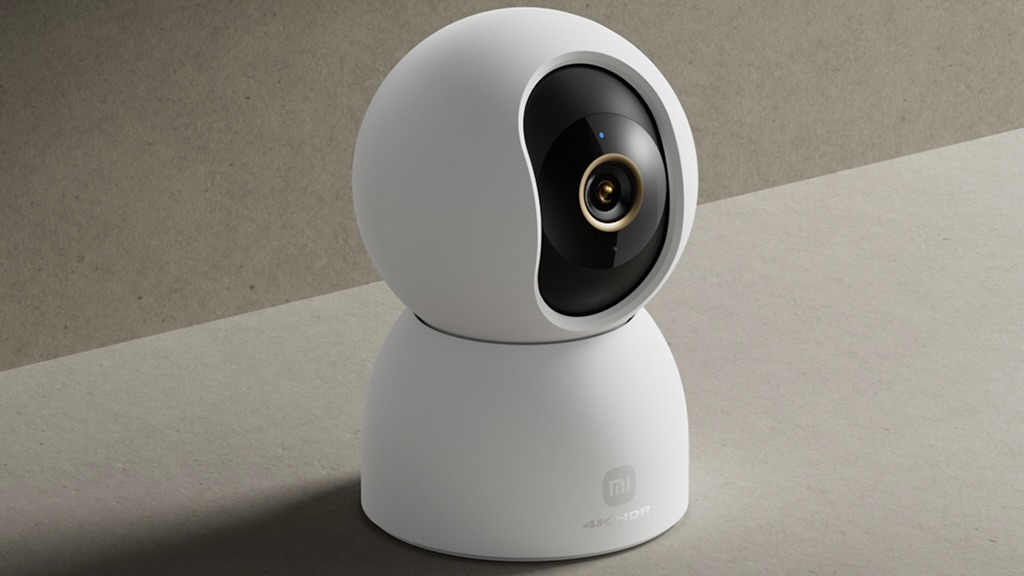 Xiaomi’s next indoor smart security camera could be its most affordable yet
Xiaomi’s next indoor smart security camera could be its most affordable yetIt's less than $40...
By Lizzie Wilmot Published